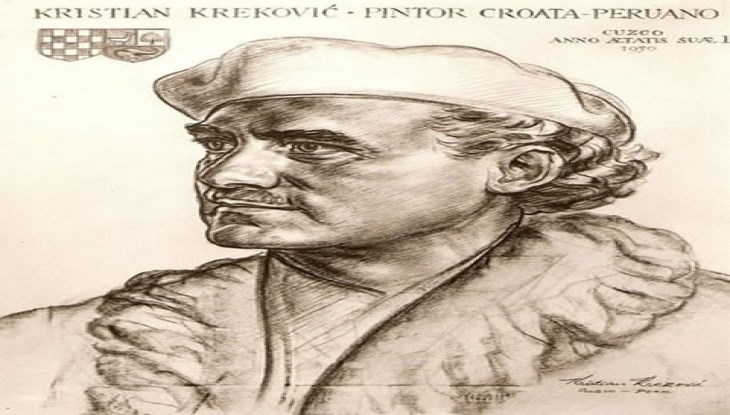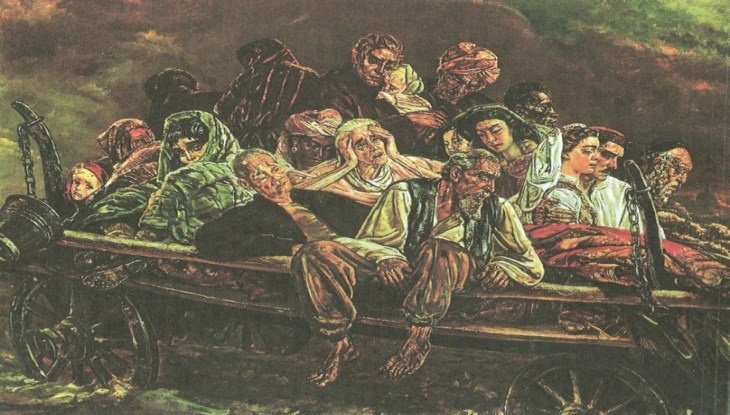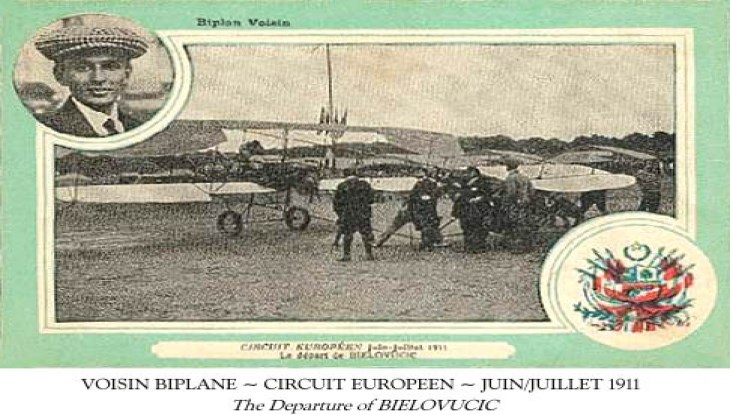Croatian Diaspora in Peru
Number of Croats and their immigration
It is not possible to determine today the number of Croats and their descendants in Peru. It is assumed that 300-400 Croats born in Croatia and up to 6000 of Croatian descendants of the second and third generation live in Peru. Some sources in Peru claim that there are 14,800 Peruvians of Croatian descent. Among them there are people prominent in political and public life and a number of successful entrepreneurs and high officers within Peruan army.
Peru is first South American country in which Croats immigrated. They started immigrating as early as 16th century.
Chronicles record that Basilije Basiljević, a nobleman from Dubrovnik in 1573, like thousands other Europeans, decided to try his luck in South American countries. He went to Peru, attracted by the legend of El Dorado, ancient Inka town full of mysteries and wealth. In Cusco, the capital of the Inka Empire, conquerors built 28 churches. One of them was the Church of St Blasius, built by the Croatian seamen and Basiljević. Later, also from Dubrovnik region came the Divočić, Škrabonje and other families. These were only individual immigrants to Peru.
A larger number of Croats settled in Peru in the second half of the 19th and the beginning of the 20th century. Majority of them came from Dubrovnik, but also from other parts of Dalmatia and Primorje. A small number came after WWI. In the late 19th century the guano business was flourishing and Croats got engaged in it. Some of them were very successful. After the country gained independence and the Republic of Peru was established, the state initiated a mining industry, which motivated many Croats to pursue copper, gold and silver mining in the Andes. So, at the end of 19th century most significant foreigners’ colony in Peru was the Croatian colony (mostly Croats from Dubrovnik region) in Cerro de Pasco. After WWII, in 1948 a group of more than 1000 Croatian political emigrants came to Peru from all parts of Croatia. They emphasized their Croatian identity much more than early settlers who held strong feelings to their region. They had a statue of St Blasisus, patron saint of Dubrovnik in their homes in Lima.
No links have existed between early and later settlers for a long time.
After the first generation, only few Croatian descendants can speak the Croatian language.
Status of Croats in Peru
Citizenship status has been regulated by Article 53.of the Constitution of the Republic of Peru. Croats who acquired Peruvian citizenship have equal rights as Peruvian nationals. The country allows dual citizenship. Croatian descendents have been fully assimilated and shared no specific bonds with the homeland. Croatian immigrants can be found in all the social classes. However, many Croats have become distinguished members of the society often having important positions in Peruvian society.
Croatian associations and Catholic Missions
Croatian society “Dubrovnik” is active in Lima, and Croatian Club “Jadran”. in Santa Clara.
There is a Croatian Catholic Mission based in Peru, but in charge of Peru and other countries of South America (Chile, Paraguay, Bolivia, Ecuador, and Columbia), Victoria pastoral Croata and Parroqia San Leopoldo.
Croatian classes and Courses of the Croatian language
Several courses of Croatian language and culture were held in Croatian clubs and Catholic Mission. There is a need to hold regular courses of Croatian. A library is located in the premises of Croatian society “Dubrovnik”, but most books are either old editions or published after WWII.
Publishing and Media
Newsletter of the Croatian community and Catholic Mission has been published periodically. Several books about Croatia are published in Spanish.
Interesting facts
Since 1936, In Puente Piedra, Peru, the members of Daughters of Mercy order have been active. They run the home for poor children, around 200 of them, and elementary and secondary school attended by about 1,000 pupils. The nuns, mostly from Paraguay, Peru and Chile are members of the Catholic order founded by the Blessed Mary of Jesus Crucified Petković, distinguished Croat from Blato, the island of Korčula.
The Pope John Paul II., appointed father Gerard Antun Žerdina, Franciscan of St. Cyril and Methodius Croatian Franciscan Mission based in Zagreb, as titular bishop of diocese of Tucca Terebentin and as assistant bishop coadjutor of the Apostolic Vicariate San Ramon in Peru.He was ordained bishop on 14 April 2002.
Father Gerard paid special attention to small Amazon communities who live in rainforest and are practically neglected by the state and church authorities.





